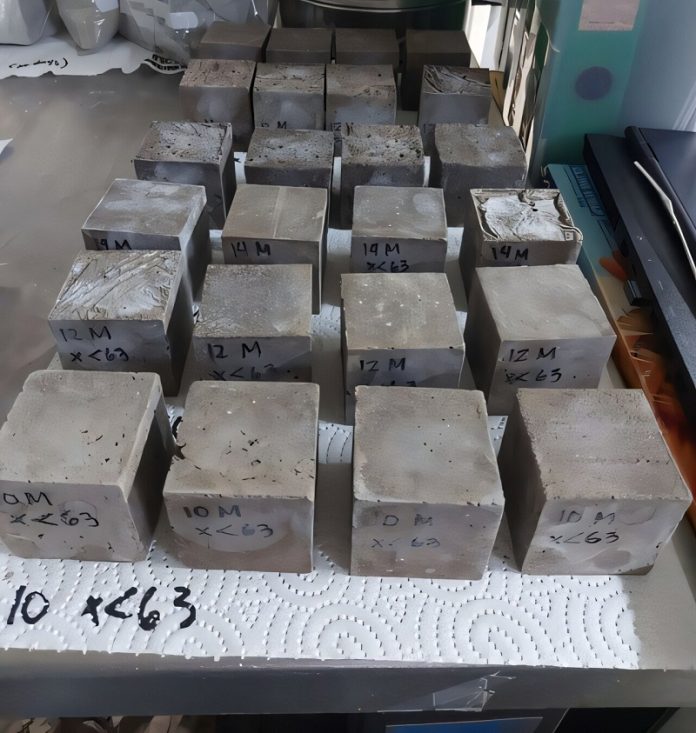
Volcanic ash, often seen as a dangerous waste after eruptions, may have a surprising new purpose—shielding people from harmful radiation!
Scientists from Ateneo de Manila University and National University – Mall of Asia Campus have discovered that volcanic ash from Taal Volcano can be used as an alternative material for radiation shielding.
Why is radiation shielding important?
Radiation is commonly used in hospitals, industries, and nuclear facilities for many beneficial purposes.
It helps doctors diagnose and treat illnesses, engineers check for building defects, and even helps preserve food.
However, long-term exposure to ionizing radiation can be harmful, so strong shielding materials are needed to protect people.
Currently, materials like lead and concrete are used for radiation shielding, but they are expensive and can be harmful to the environment. This is why researchers have been looking for cheaper and more eco-friendly alternatives. Volcanic ash, which is widely available in the Philippines, could be a lightweight, sustainable, and cost-effective solution.
Turning disaster waste into a life-saving material
When Taal Volcano erupted in 2020, it covered many areas in Luzon with thick layers of ash. This created a huge disposal problem. Instead of treating it as waste, researchers Floyd Rey P. Plando, Myris V. Supnad, and Joel T. Maquiling studied whether Taal volcanic ash (TVA) could be used in construction materials.
They created a geopolymer mortar using TVA and tested its properties. To their surprise, they found that the ash contained iron-rich minerals, which make it effective at blocking harmful X-rays and gamma rays.
The key to TVA’s radiation-blocking power lies in its iron content. Iron is a dense metal with many electrons, allowing it to absorb and weaken radiation.
“Iron has strong interaction power because it contains more electrons. This helps block hazardous X-rays and gamma rays more effectively,” explained Plando.
Another important factor is how the volcanic ash is mixed. “The right blend of volcanic ash and aggregates creates microstructures that improve radiation blocking,” said Maquiling.
Since the Philippines is located in a tectonically active region, volcanic materials are plentiful. This discovery could help manage volcanic waste while improving radiation safety in hospitals and industries.
More research is needed to increase the durability and optimize shielding performance, but this breakthrough shows that even the destructive power of a volcanic eruption can lead to life-saving innovations.
Source: KSR.



